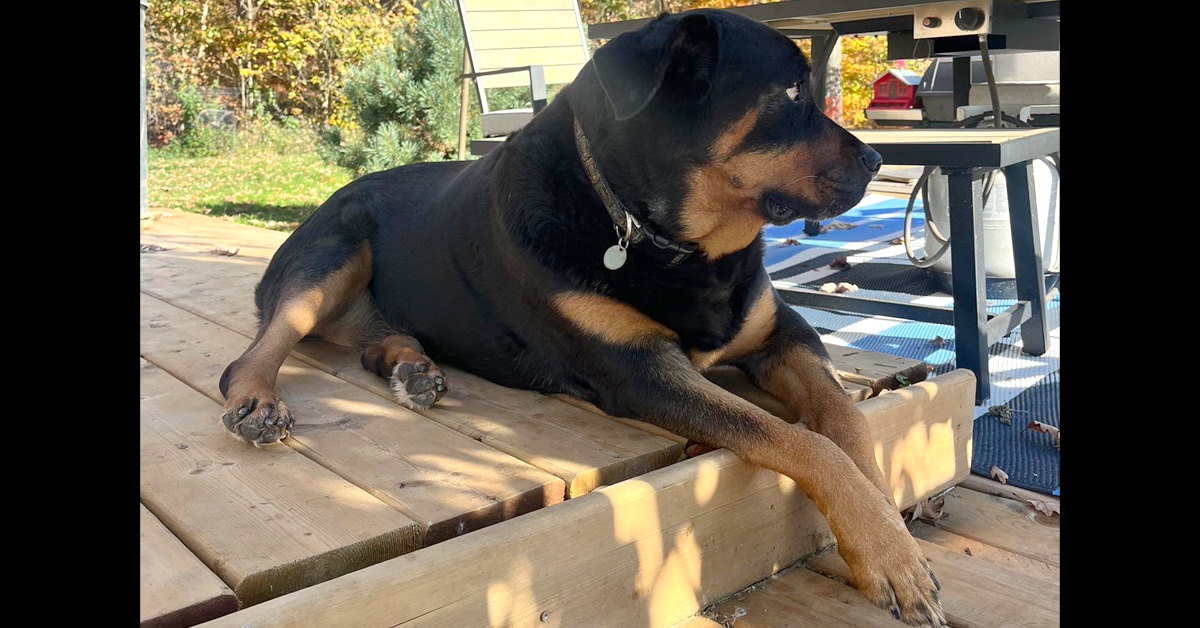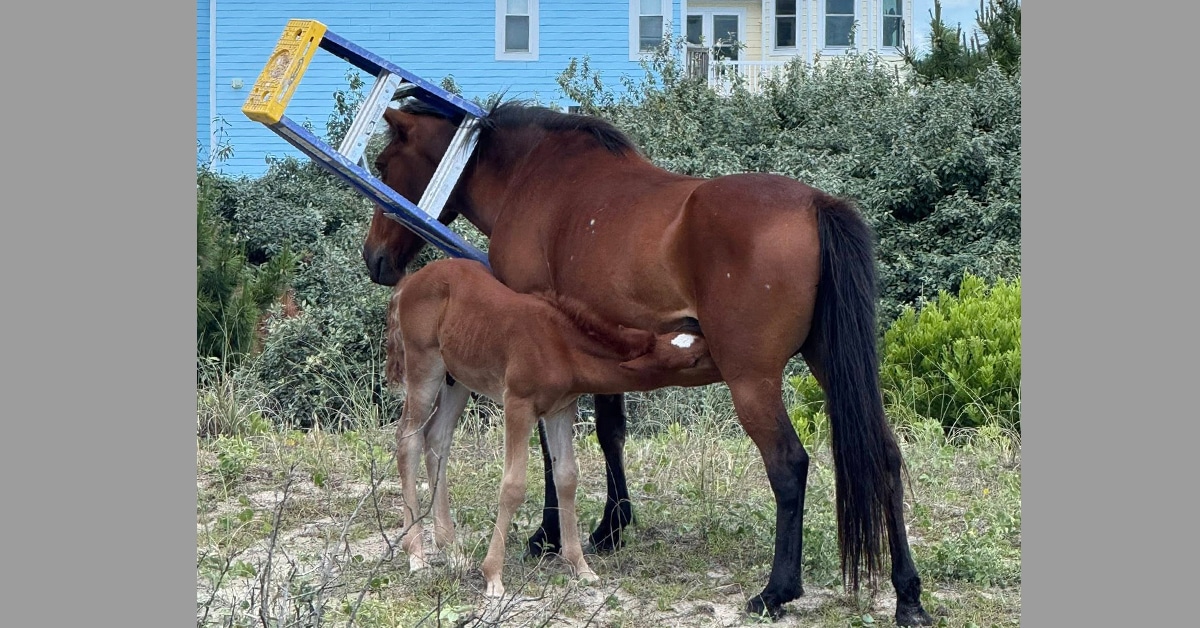When we think of knights galloping into battle on mighty steeds, we think of these mounts as enormous war horses similar to draft crosses ‒ or if modern cinema has its way, Friesians. But a new study out of the UK sheds light on the true size of medieval mounts and the results may surprise you.
The research was published by a group of zooarchaeologists at the University of Exeter, who studied 1,964 horse bones from 171 different archaeological sites dated between 300-1650 C.E., and analyzed the findings to compare with our modern horses. The results were published in the International Journal of Osteoarchaeology.
According to a press statement put out by the University of Exeter on January 10, horses during the medieval period were actually below 14.2 hands high, which makes them the size of a pony. According to the researchers size didn’t matter, and historical records showed that large amounts of money were “spent on developing and maintaining networks for the breeding, training and keeping of horses used in combat.”
University of Exeter archaeologist and principal investigator for the research, Oliver Creighton, said in the statement, “The warhorse is central to our understanding of medieval English society and culture as both a symbol of status closely associated with the development of aristocratic identity and as a weapon of war famed for its mobility and shock value, changing the face of battle.”
Indeed, the research team discovered through their work that the so-called “Great Horses” were not bred for size at all, but to achieve different functions such as tournament performance and long-distance raiding campaigns.
But studying skeletal remains of horses from the period, the scientists reviewed withers height which showed that on average, “horses from the Saxon and Norman periods (5th–12th centuries) were ponies by modern standards.” Some larger mounts were found dating back to the Norman period (1066–1200 AD) onwards. “For the Norman phase, the maximum height recorded was a horse from Trowbridge Castle, Wiltshire estimated to be over 15 hh, similar to the size of modern light riding horses.”
The study learned that it wasn’t until the high medieval period (1200–1350 AD) that horses around 16 hh were in wide use, as the bones from horses recovered from Heron Tower, London showed. It was not until the post-medieval period (1500–1650 AD) that the average height of horses was found to be significantly larger, before reaching the sizes of the modern warmblood and draft horses.
So the next time you’re watching a movie set during the middle ages, picture that tall, strapping A-list star astride a pony!
More News









